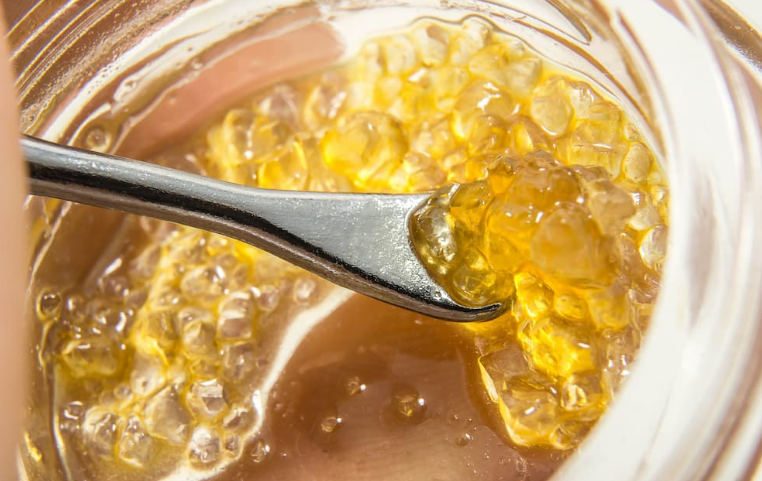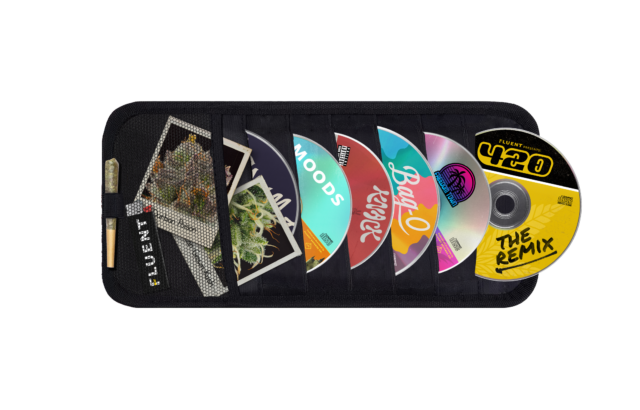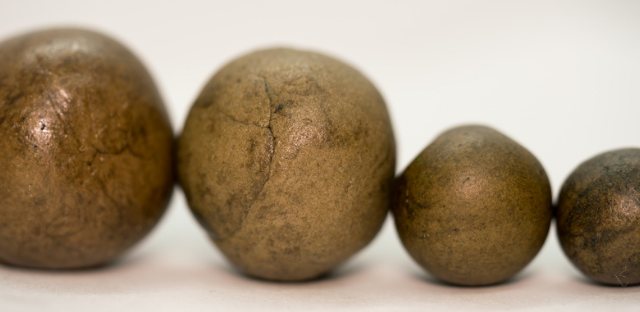For most cannabis consumers, THC isn’t anything new. In fact, THC content is often a key priority when it comes to choosing new cannabis strains and products.
Formally known as delta-9-tetrahydrocannabinol (or Δ-9-tetrahydrocannabinol), THC is the cannabinoid generally associated with the mind-altering “high” produced by marijuana. Even though there are dozens of other cannabinoids – and hundreds of active substances – in cannabis, THC is by and large the best known.
But when the conversation turns to THCa, plenty of people find themselves a little bit lost. Exactly what are the differences between THC and THCa, and why does it matter? So we’re here to break down the basics and answer the most commonly asked questions on the topic.
What is THCa vs THC?
What is THCa vs THC? Aside from the addition of a single letter in their abbreviated names, THC and THCa are different in other important ways.
THCa (tetrahydrocannabinolic acid) is an inactive cannabinoid contained in the trichomes of live and freshly-harvested cannabis.
THC is the psychotropic or active version of the same cannabinoid. It is not present in freshly-harvested cannabis.
Both THC and THCa are very similar in their chemical compositions, but THCa has one other carboxyl group. So, in simplest terms, you can think of THCa as the “precursor” to THC.
Unlike THC, THCa doesn’t bind effectively with the CB1 or CB2 receptors in our bodies’ endocannabinoid systems. The large, three-dimensional shape prevents it from adequately fitting into the CB1 receptors. For a cannabinoid to produce intoxicating effects, it has to be able to fit into a CB1 receptor – so, since THCa doesn’t fit, it doesn’t get you “high.”
One of the most common misconceptions about cannabis is that the plant essentially accumulates THC until harvested. But actually, it only produces THCa. There’s virtually no THC present in live or raw (freshly-harvested) marijuana. So, how does THCa become THC?
How is THCa Converted into THC?
THCa turns into THC through the process of decarboxylation, which is a chemical reaction that relies on heat/light to remove one carboxyl group from cannabinoids. “Decarbing” makes it possible for various cannabinoids to interact with your endocannabinoid receptors more effectively.
Remember how we said that THCa had one more carboxyl group than THC? Once it goes through decarboxylation, it loses the extra carboxylic acid group and converts to THC. The change in its chemical structure turns it into the perfect shape for CB1 receptors, setting the stage for the pleasantly mind-altering effects of THC as we know it.
Decarboxylation occurs when raw cannabis is heated, either by:
- Sunlight
- Increased room temperatures
- Direct heat exposure via smoking, vaping, concentrates, and/or DIY carboxylation
Calculating the Final THC Content at Combustion
To determine the final THC content of a cannabis product at combustion, you’ll need to consider both the THC and THCa percentages listed on the label. Here’s a step-by-step guide on how to convert THCa content to THC content:
Step 1: Determine the THCa Percentage Find the THCa percentage listed on the product label.
For example, let’s say the THCa content is 15%.
Step 2: Convert the THCa Percentage to Milligrams To convert the THCa percentage to milligrams, multiply the percentage by 10.
In our example, 15% x 10 = 150 mg of THCa per gram of cannabis.
Step 3: Apply the Decarboxylation Conversion Factor The decarboxylation process is not 100% efficient, so not all THCa will convert to THC. A common conversion factor is 0.877.
Multiply the THCa milligrams by this factor: 150 mg x 0.877 = 131.55 mg of THC.
Step 4: Add the Existing THC Content Now, add the existing THC content to the calculated THC content from THCa conversion. If the product label lists a THC content of 2%, you would multiply 2% x 10 = 20 mg of THC per gram.
Add this to the calculated THC content: 131.55 mg + 20 mg = 151.55 mg of total THC per gram.
Step 5: Convert the Total THC Content Back to a Percentage Finally, convert the total THC content in milligrams back to a percentage by dividing by 10.
In our example, 151.55 mg ÷ 10 = 15.155%. The final THC content at combustion is approximately 15.16%.
Understanding the difference between THC and THCa and how to calculate the final THC content at combustion is essential for cannabis consumers to make informed decisions about the products they consume. By following the steps outlined above, you can accurately determine the potency of your favorite cannabis products.
Potential Benefits of THCa
THCa research is still very much in its beginning stages, and we still have a lot to learn. But so far, it seems like THCa could have some pretty promising potential as a therapeutic agent.
Here’s are some of the potential THCa benefits that have shown up in recent studies:
- Anti-inflammatory properties: As recently as this year, research has highlighted the anti-inflammatory properties of THCa. It’s also possible that THCa can help inhibit the enzymes that cause pain and inflammation.
- Protection against neurodegenerative diseases: THCa may serve as a safeguard against the damaging effects of neurodegenerative diseases.
- Anti-nausea: A study conducted in 2020 found THCa could be more effective than THC when it comes to reducing vomiting and nausea.
- Reduced obesity: THCa may reduce obesity and help decrease the likelihood of obesity-related diseases such as fatty liver disease and diabetes. The same study showed that the cannabinoid could help correct insulin resistance and glucose intolerance, critical factors in obesity-related diabetes.
What is a “Good” THCa Percentage?
It’s easy to get confused when trying to determine potency by looking at the THCa percentage. Unfortunately, the cannabis industry hasn’t yet chosen a single standardized method for presenting testing data to consumers, so reading labels and lab reports can be tricky.
There are two different methods used for potency testing: liquid chromatography (LC) and gas chromatography (GC). Without getting too technical, we’ll say this: each of these techniques will result in a different potency value for the same sample of cannabis. Ultimately, it all has to do with the fact that the high temperatures involved in the GC process will decarboxylate most of the THCa, whereas there are no high temperatures needed for the LC process. So, the results for THCa and THC content will differ between the two.
Our best recommendation is to talk to one of our dispensary staff to understand better how a particular product’s potency will factor into your cannabis experience.
Does THCa Add THC?
THCa doesn’t “add” to the total THC in a specific strain or product. Instead, THCa is THC before decarboxylation.
Explore a Variety of THC Options at FLUENT Dispensaries
Whether you’re shopping for high-THC cannabis strains or CBD-only options, FLUENT can help. We stock our dispensaries with top-quality products and knowledgeable staff, so you can be confident that you’ll find what you need to meet your needs.
Browse our full selection of products and make the most of your cannabis journey when you visit the FLUENT dispensary near you!



